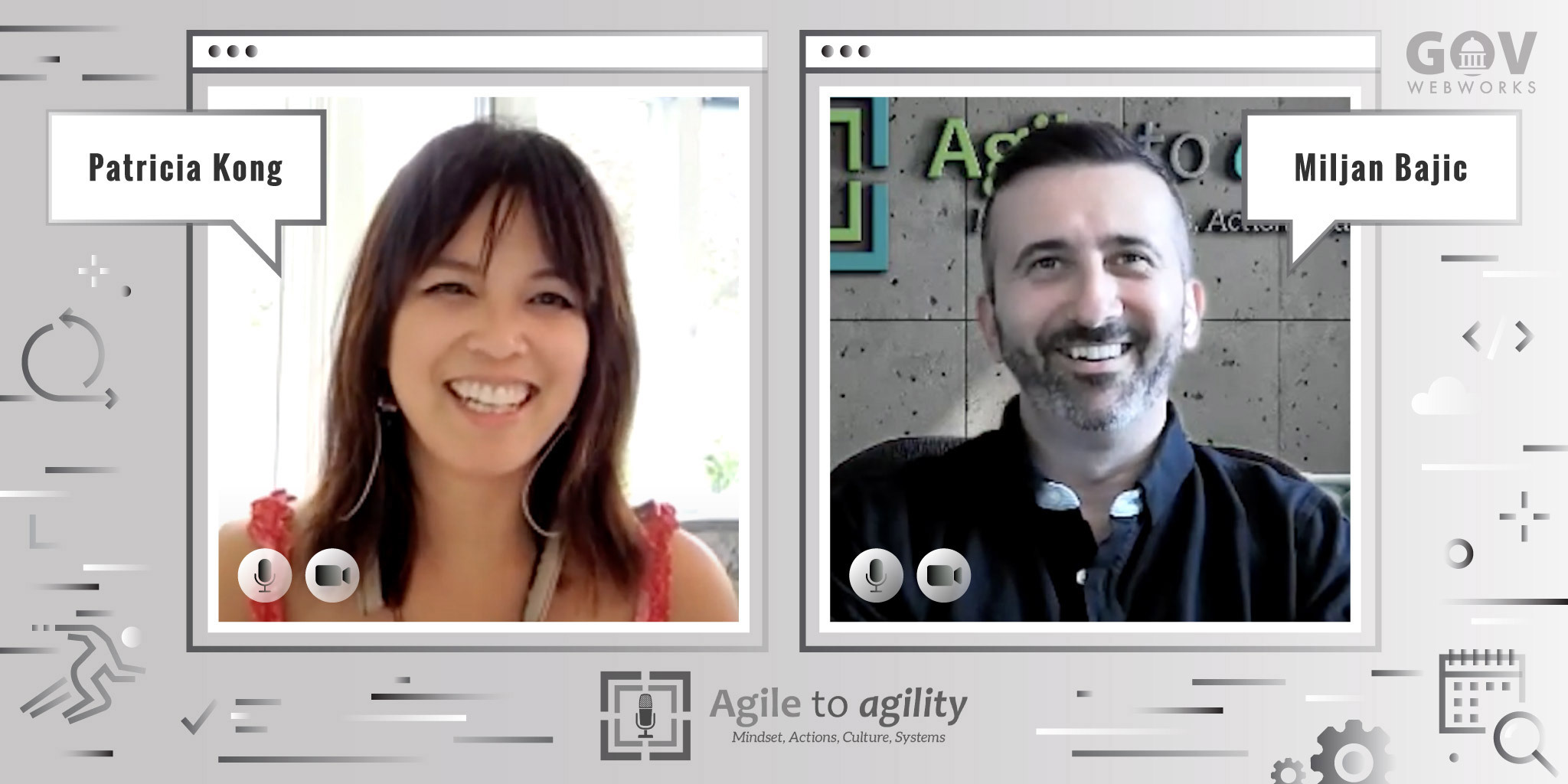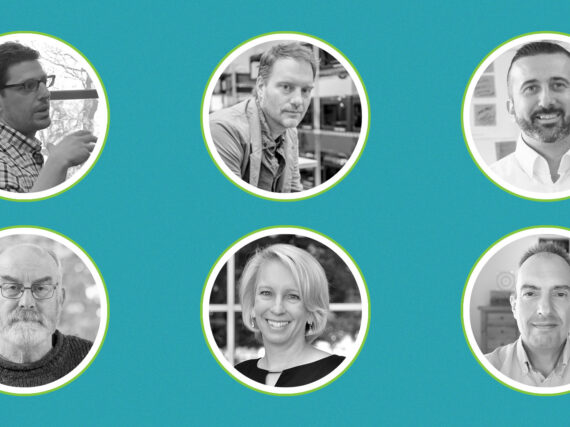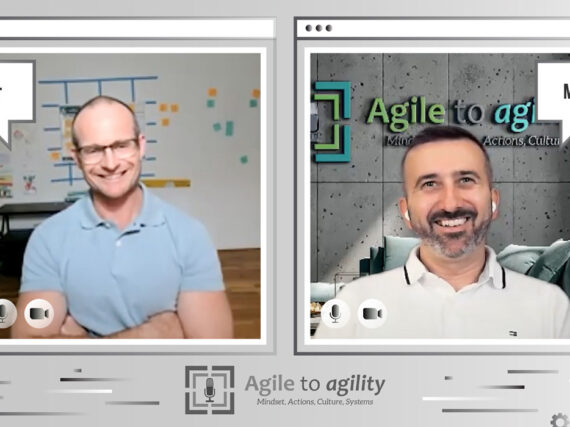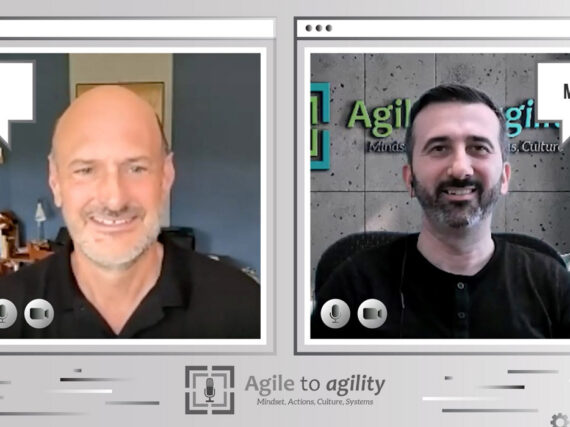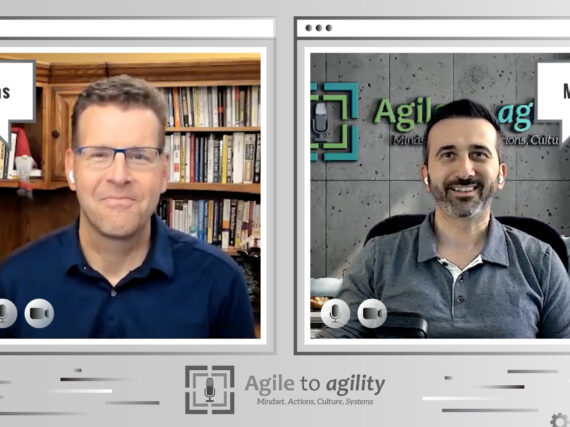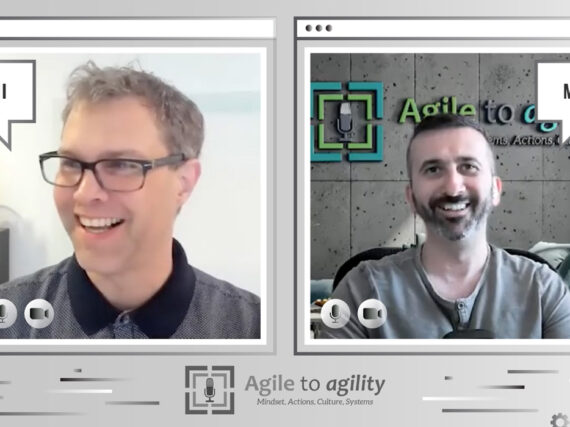“A lot of companies are throwing money into scaling [Agile], but how do you know you are going in the right direction of delivering value?” This is the question Patricia Kong asked the audience at an Agile New England presentation about Evidence-Based Management, or what she calls, “putting the why back into your Scrum.” Kong is the Product Owner of the Evidence-Based Management (EPM) and Nexus Framework programs at Scrum.org, where she’s worked since 2012 and authored The Nexus Framework for Scaling Scrum.
The Evidence-Based Management framework, developed by Scrum.org cofounder, Ken Schwaber, helps organizations clarify the value they derive from product delivery, and define goals that managers can set to measure, manage, and increase that value. EBM focuses on defining value in four key areas:
- Current value delivered to customer/user today
- Unrealized value or what could be realized by meeting needs of customer/user
- Ability to innovate or deliver a new capability
- Time to market or ability to deliver a new capability, service, or product
Kong talks with Miljan Bajic on the Agile to Agility podcast about measuring the effectiveness of goals and values in a Scrum environment.
What keeps you engaged at Scrum.org?
I’m interested in people’s and organization’s behavior and misbehavior and why they do the things they do. So naturally at Scrum.org, I’ve been interested in why agility works or does not work at the organizational level. There are a lot of problems to solve and at Scrum.org I have the autonomy to look at how we can help people address problems. How can we help ScrumMasters and Agile coaches improve?
How do you help people improve?
Evidence-Based Management helps people use evidence for how they make decisions. It’s really about empiricism, or this notion of evidence matters. We found there’s an interesting relationship for people to look at between three things – their goals, their measurements, and their behaviors. The relationship between those three things starts to bring out value.
How do you define value?
That’s one of the reasons we created the four EBM key value areas (see intro), so we can have this conversation. We started to think of value in different ways. What do we have now? Who are we? What is it that the customers want? What outcomes are we trying to fill? What is the satisfaction gap for the customer? What about time to market, and ability to innovate? You will know if you have a pain point in there somewhere.
How do you measure the effect of an experiment?
For us, it’s thinking about the goal. Why are you doing something? What are you trying to learn? If we are trying to test a small goal of releasing a class, I need to test if the knowledge is transferable or not. Sometimes that goal of the North star is not there anymore. If you think about Covid, some things are no longer relevant and you need to adjust the goal.
How does EBM help with goal setting?
When we think about outcomes and why somebody else is buying our product, it will drive us to think and act in different ways.
Employees and customers are saying, “I have beliefs and I have a value system, do you support that? What is your organization doing to support the things I believe in? Cause if you aren’t doing something, I have other options.”
How can organizations and leaders think about the societal impact they’re having? And what it means for us as a whole society? There’s this mindset shift from not just the fixed mindset to the growth mindset, which is about the individual, but to this beneficial mindset that what we do hopefully helps someone else.
In what ways are Scrum.org’s strategic goals influenced by employees or partners?
We are a mission-based organization. Our course work is collaborated on by trainers who are teaching in the field to provide an updated and consistent experience. For people who work with organizations, we keep hitting the same wall.
The strategic goal we are working on is how do you stop zombie transformations? The lipstick-on-a-pig thing. How do we make agility valuable for organizations so it’s not just lip service? Evidenced-Based Management is one attempt. We need to be smarter with where we invest our time. What are the ideas that the teams can come up with to try to reach these goals? How do we know we’re improving?
This whole notion of EBM came out of people saying, “We have to scale agility,” and we said, “Wait a minute, do you know it works for you? Why don’t you find some evidence that it’s actually working for you.” Show me that you have a goal, and you understand why you are working on it, and you’ll identify opportunities and make the decision whether you should pursue that opportunity or not.
The words will change, but the ways we are trying to help organizations accelerate and sustain will stay. What I love about the Scrum framework is that it lives on values, but what does that really mean? From my experience it’s working together as a team to create value.
How has Covid forced us to look at our blind spots?
A lot of the same questions come up. What outcome are we seeking? How do we measure performance? Can we change faster? What is our social and civil obligation? How do we know we’re being successful? For HR, how do we make sure people understand what we stand for, and that employees can engage, opt-in, or opt-out. What do we do as teams to support each other around mental health? When it comes to diversity and inclusion issues, it’s not only what are you doing, but why are you doing it, and what you are hoping to do to give back. When you think about the future of work, what experiences do you want to provide? Are people able to practice what they preach? Think about employees in relation to innovation, what inhibits or motivates it?
When we’re seeing that people can do great work remotely, we’re understanding what success looks like. When we know that we can get through a conflict and still be ok, that builds trust.
How can we innovate?
We can always do better. We challenge ourselves to think about why for some companies and people I talk to, Agile has become a dirty word. What’s going on there and how have we contributed to that? Also I think about what is the work that we need to do on ourselves?
We talk about coaching, coaching, coaching. Do we get that coaching and feedback for ourselves? If we understand this, we can be more understanding when we work with others.
Learn more
- Contact GovWebworks to learn more about implementing Agile practices for a project or team
Listen to the Agile to Agility podcast:
- Patricia Kong: Scrum, Innovation, Evidence-Based Management: Agile to Agility with Miljan Bajic
Follow Patricia on Twitter:
Scrum.org:
